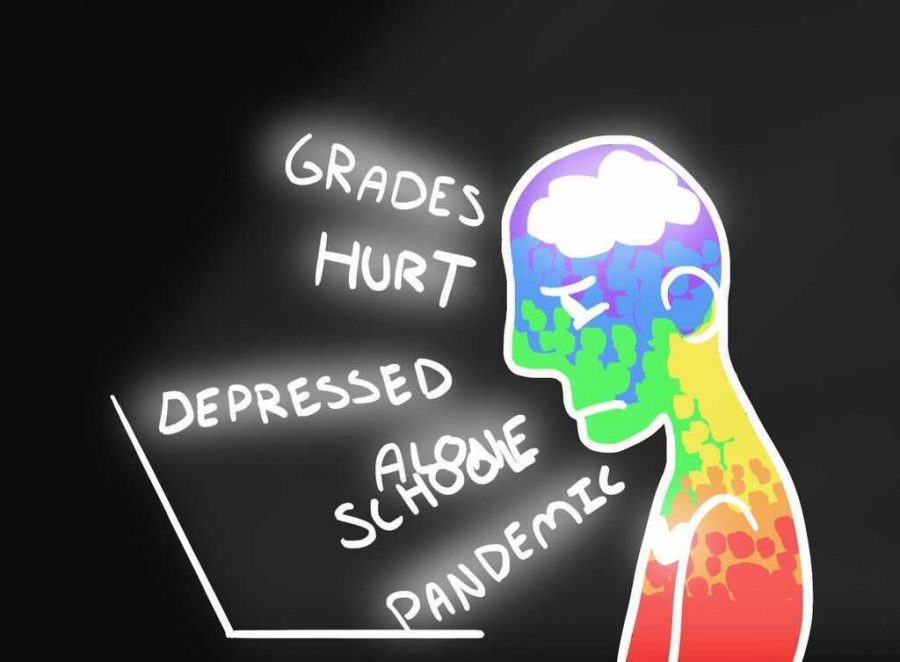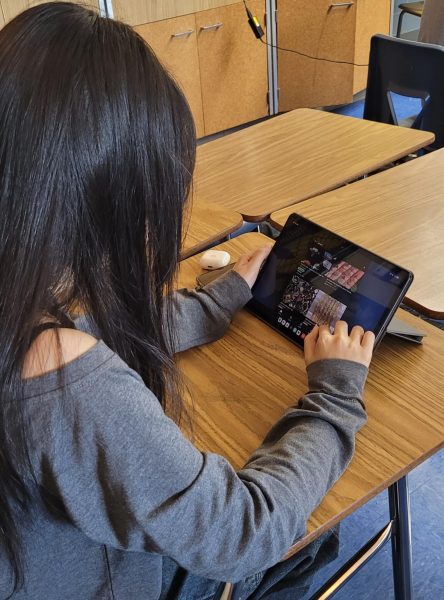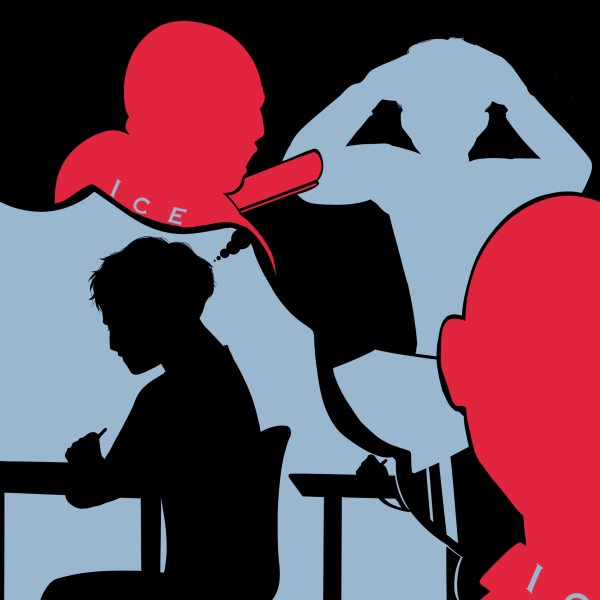Need for student mental health support increases during pandemic
There are many factors that contribute to addressing a person’s mental health and well-being.
This story is also available to read in Spanish here via El Heraldo, the Spanish-language section of The Heights Herald.
For so many people this pandemic has been difficult, particularly for those who no longer have access to in-person, face-to-face medical care. And high schoolers are no exception. In particular, quarantine, isolation and social distancing have led to a severe deterioration of many teenagers’ mental health. So, what is Columbia Heights Public Schools doing to help their students?
Mental health is defined by the Brain & Behavior Research Foundation as “a person’s condition with regard to their psychological and emotional well-being.” Self-esteem, confidence, family breakup of loss, abuse and even school are amongst some of the factors that can affect a person’s mental health. This clearly applies to so many young people across America, including several students right here in Columbia Heights.
“I believe we can always be lifelong learners when it comes to the topic of mental health,” mental health counselor for the district Ms. Emily Williams said. “I have a passion and goal to better support my own mental health as well as my students as the year carries on. My goal for this school year is to provide strategies and tools on Schoology for my students to access as needed to promote overall well-being to facilitate learning.”
Exercise, eating well, taking breaks and opening up to people can help improve mental health, according to Patricia Harteneck, Ph.D., MBA. But for many students, some of these things can be difficult. Whether it’s not having the time to exercise, make a good meal or even something as simple as taking breaks, students may face many more obstacles. One of the bigger roadblocks is opening up to someone. That can be difficult at times—especially now when you can’t have face-to-face interactions.
To help students, CHPS sent out a sheet of paper in the mail to families that displayed mental health resources such as the address to the Lee Carlson Center as well as the website and phone number. There are also the mobile crisis hotline numbers, as well as informational websites. Lastly, there are ways to contact CLUES (Comunidades Latinas Unidas En Servicio) as well as a list of suggested hospitals.
On the Saint Anthony Village High School’s website, right under student services, they link to a page titled “School based mental health”. On the other hand, Columbia Heights Public Schools’ website requires specific searching to find these resources, but even when one searches the phrase “mental health,” it leads to a mental health resource page that states it’s unavailable, which is quite a difference from Saint Anthony. South High School and Washburn High School, both a part of Minneapolis Public Schools, have similar setups to Saint Anthony’s.
“I think that everyone is doing the best we can, given the unpreceded nature of our situation,” CHHS psychology teacher Mr. Michael Prellwitz said. “Of course, we can always do better, but I think the one thing that will help everyone’s peace of mind is to stay in as good of communication with each other as possible. The more we stay in touch, the more clear everything will be and the better we can feel a sense of control during this chaotic time.”
To help students here at Columbia Heights Public Schools, the district’s website should make finding help on their website more accessible as well as making it known through direct communication with students and families that mental health should be prioritized and that taking a break is okay, instead of just focusing on academic rigor and assigning classwork during a very difficult time for everyone.
During this difficult time Angela Schutta, the Columbia Heights High School social worker, gave in her two weeks. Her last day will be October 23, and her position is looking to be filled as soon as possible.
Mental health should be one of the most important things to students, teachers, and parents, but it still isn’t to many schools and parents. This has to be changed for everyone involved with school and for everyone going to school, whether it’s high school or pursuing post-secondary education. Mental health and school play into each other in innumerable ways, and schools have to recognize this and take action by giving students more mental health support and easy access to that support, because the student body isn’t just here to be taught math, science, social studies and English; we’re here to learn how to make the world we live in better, but if were never given the help we need how are we going to change things for the better?
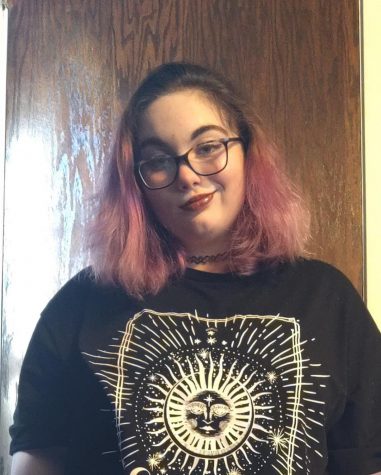
Dani Plasch is a junior at CHHS, and they are a staff writer. They are also interested in being a podcaster and photographer for The Heights Herald....
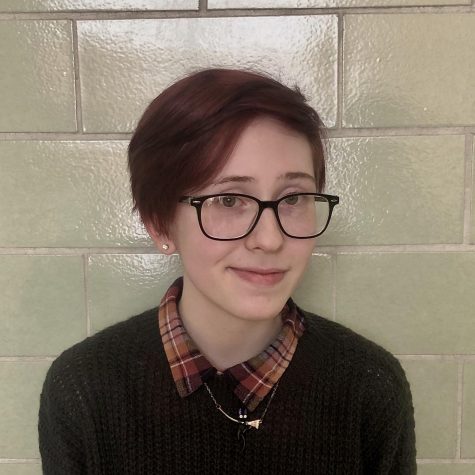
Sol Schindler is a senior at CHHS and is the A&E Editor and lead cartoonist of The Heights Herald. He is in the National Honors Society, Student Council,...


